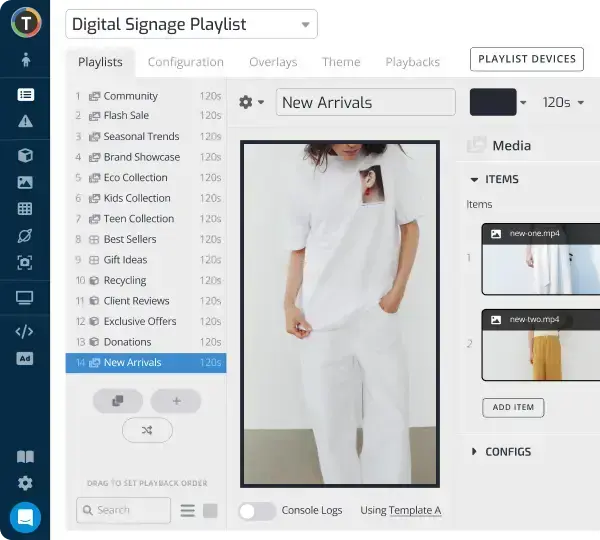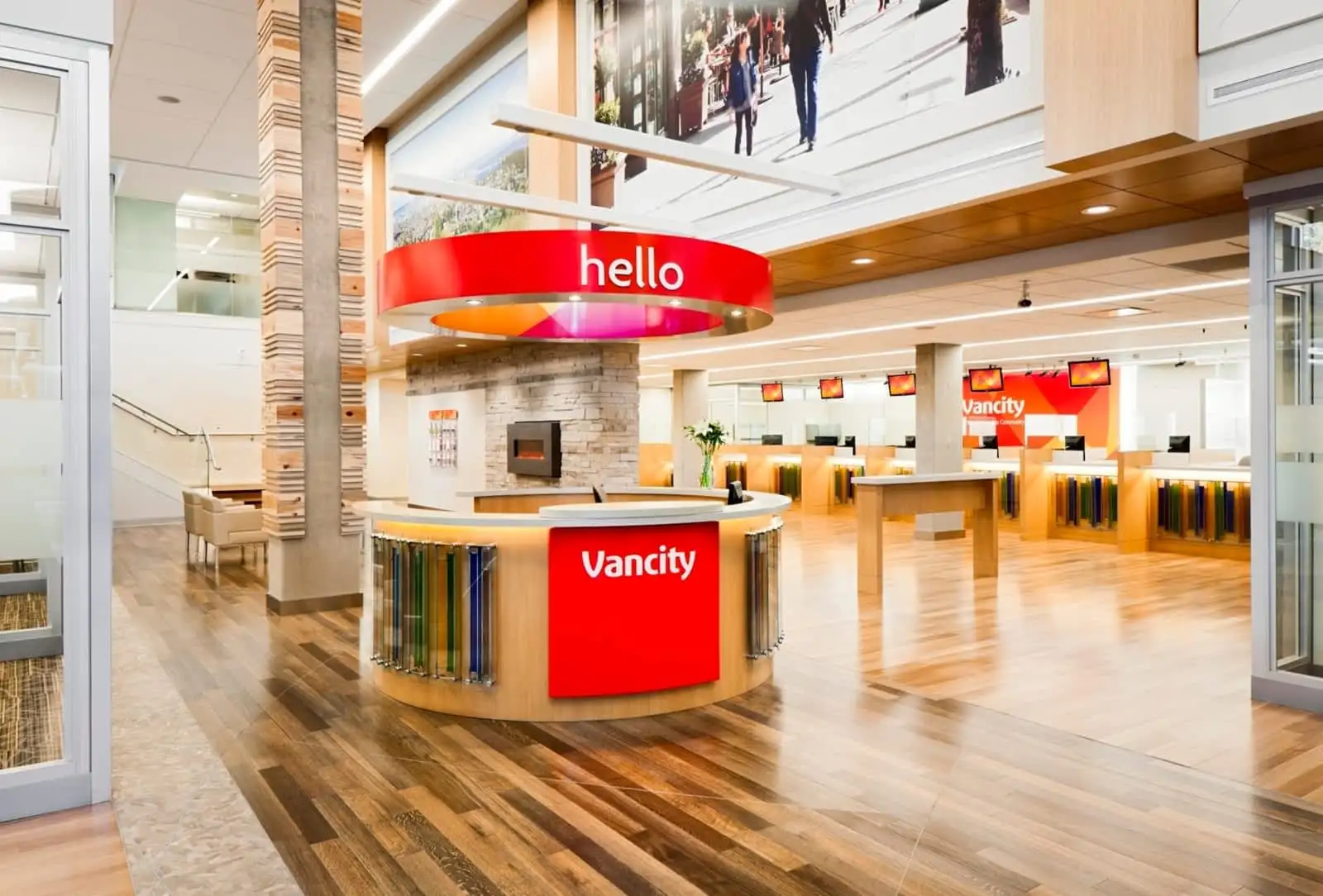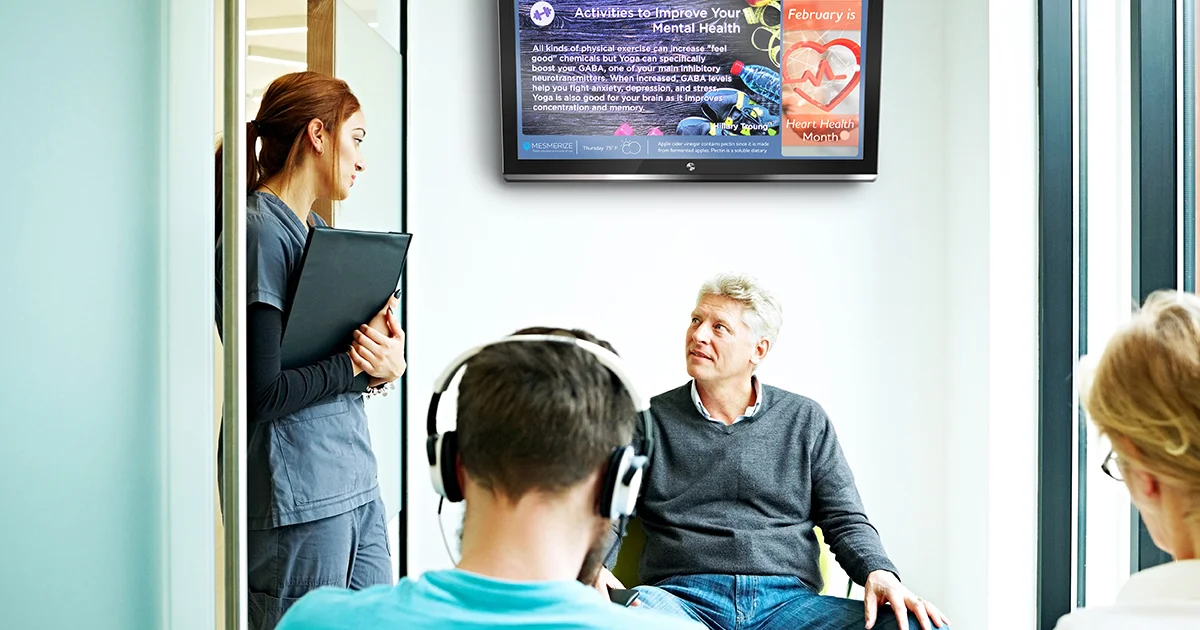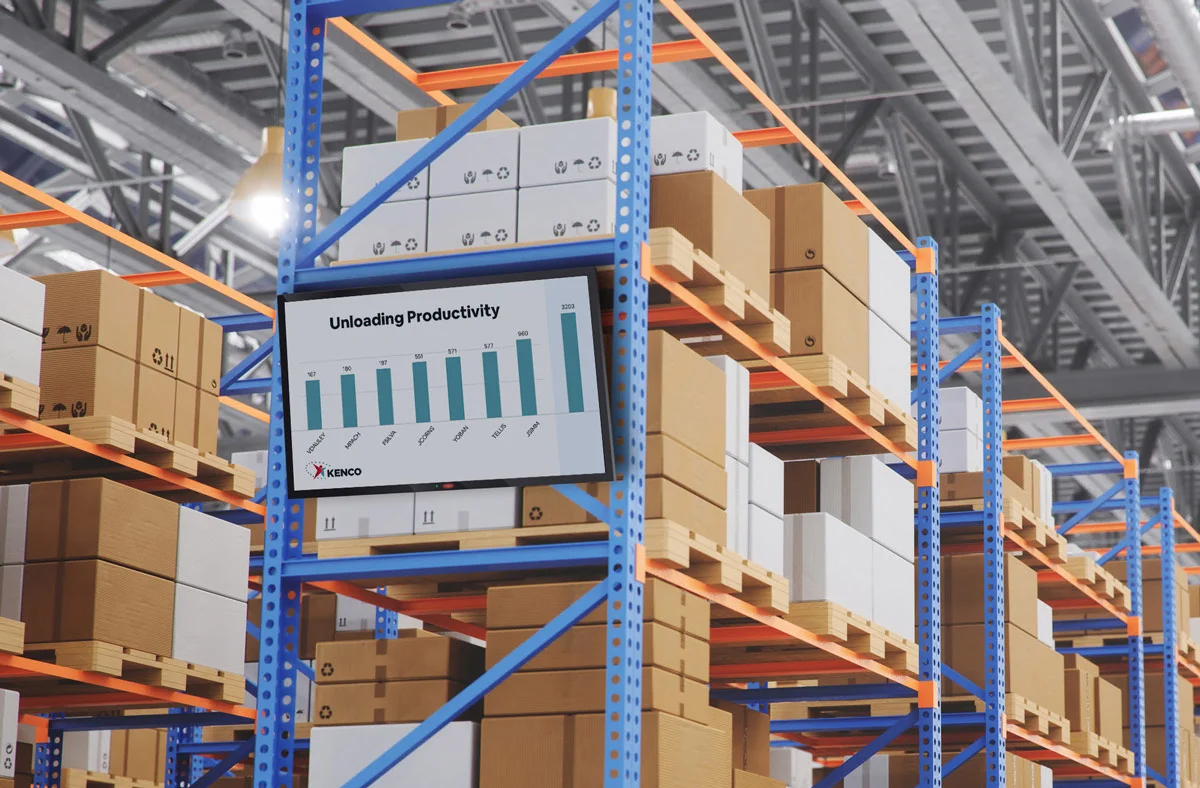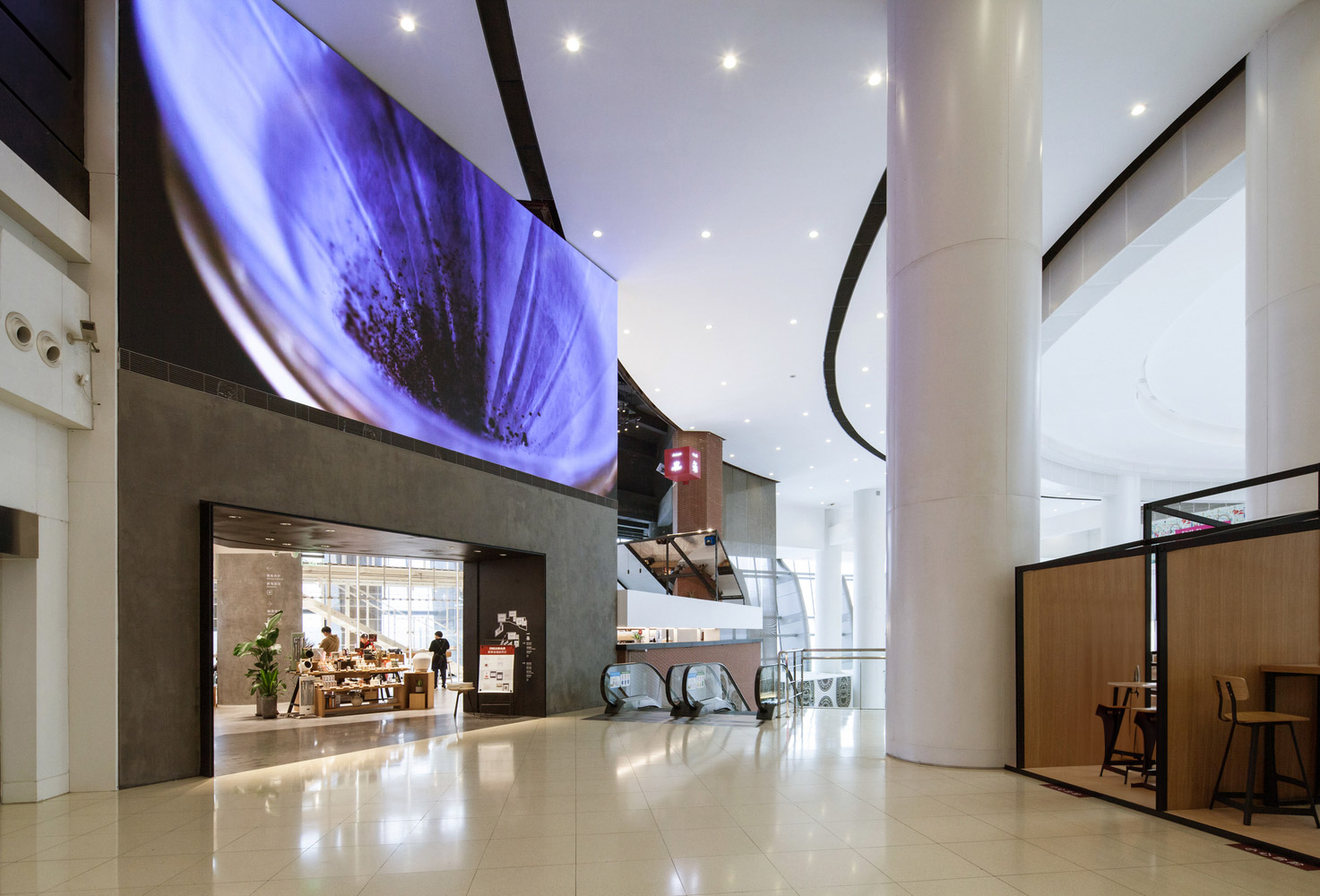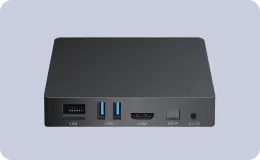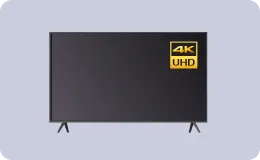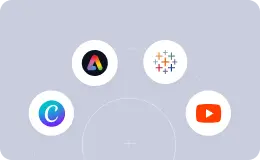TelemetryOS vs. Windows vs. Android Digital Signage: A Quick Overview
WRITTEN BY: TelemetryTV, 02-19-2025
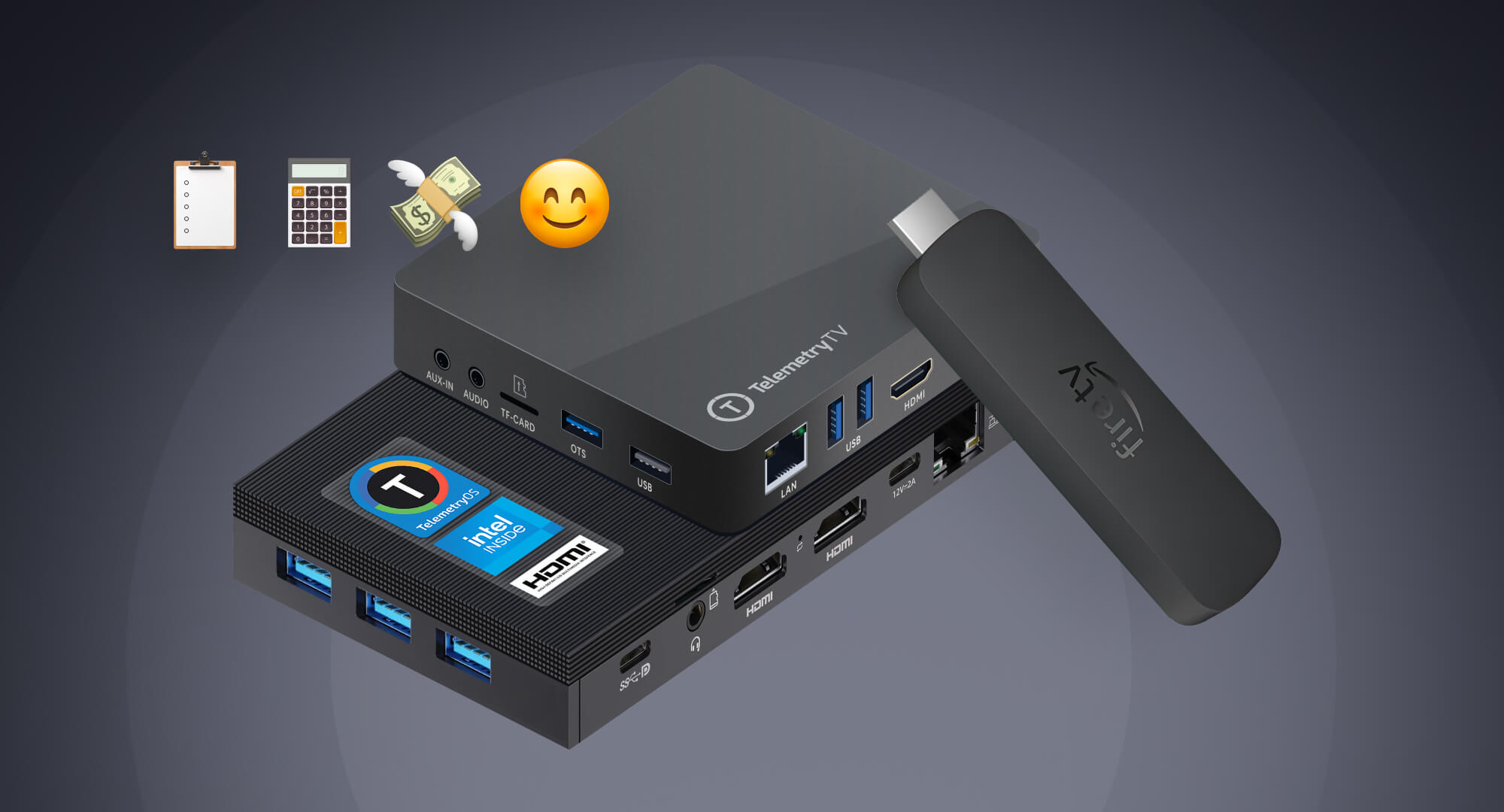
Below is an in-depth exploration of digital signage player operating systems, their benefits, and how they apply in real-world business contexts. We’ll cover the main platforms—Android, TelemetryOS, Fire TV, and Windows—and touch on a few other notable options. We’ll then discuss specific use cases, including QSR menu boards, retail video walls, educational bulletin boards, and healthcare information boards. Along the way, we’ll analyze strengths, weaknesses, and practical considerations.
Why the Digital Signage Player OS Matters
Digital signage relies on media players (hardware) that run specialized software to display content—images, videos, dynamic feeds, etc. The device’s operating system (OS) acts as the foundation for running apps and managing updates, security, performance, and remote management.
Key factors in choosing the right OS for digital signage:
• Reliability and Uptime: Digital signage often runs 24/7, so stability is crucial.
• Security and Updates: Frequent over-the-air updates and strong security are essential to avoid vulnerabilities.
• Ease of Management: Centralized device management tools simplify content deployment and troubleshooting.
• Hardware Compatibility: Certain OS platforms work better with specific chipsets or hardware configurations.
• Cost and Licensing: Windows may come with licensing fees, whereas Android and other variants might be cheaper (though hardware also factors in).
• Scalability: Some solutions manage large networks easily with remote monitoring and scheduling features.
Android Digital Signage Players
Why Android Digital Signage?
Android is popular in digital signage because it’s:
• Cost-effective: Typically runs on affordable hardware.
• Familiar: Android’s ecosystem is widely adopted.
• Flexible: Large developer community; easy to build custom apps.
Noticeable Option: TelemetryTV Droid-1
One standout Android digital signage player is the TelemetryTV Droid-1:
• Optimized Firmware: Preloaded with an Android OS specifically tuned for signage performance and stability.
• Remote Management: TelemetryTV’s platform allows easy over-the-air firmware updates, content scheduling, and troubleshooting.
• 4K Video Capabilities: Smooth playback for high-resolution videos and dynamic content.
• Secure Kiosk Mode: Locks down the device to prevent unauthorized changes.
Strengths of Android Players
• Wide range of low-cost hardware options.
• A massive app ecosystem, making it easy to incorporate various integrations.
• Typically lightweight and can handle 4K playback with relative ease.
• Frequent security patches from vendors that stay on top of Android OS application developments.
Potential Weaknesses
• Fragmentation: The Android ecosystem can be fragmented; not all devices receive timely OS updates.
• Lower-end Android boxes might face hardware performance issues.
• Device quality can vary greatly, so choosing a reputable provider like TelemetryTV is crucial.
TelemetryOS Digital Signage
Why TelemetryOS?
TelemetryOS is an OS purpose-built for digital signage. Unlike generic Android builds, TelemetryOS is optimized from the ground up to maximize reliability, security, and performance, with minimal background processes or bloatware.
Noticeable Option: TelemetryOS Box
The TelemetryOS Box is considered the flagship device running the TelemetryOS platform. It offers:
• Enterprise-Grade Security: Continuously updated to thwart vulnerabilities.
• Ultra-Reliable Performance: A lean OS that can run signage 24/7 without unnecessary background tasks.
• Full Integration with TelemetryTV: Deep device management features, scheduling, reporting, and analytics.
• Remote OS Management: Administrators can push OS-level updates, reboot devices remotely, and monitor performance.
Strengths of TelemetryOS
• Purpose-Built: No extraneous apps—everything is focused on signage.
• High Stability: Less prone to downtime due to a minimal OS footprint.
• Robust Device Management: Perfect for large-scale deployments with strict security requirements.
• Locked-Down Environment: Reduced risk of unauthorized app installs.
Potential Weaknesses
• Hardware Ecosystem: TelemetryOS is typically available on select hardware (though expanding).
• Proprietary: Tightly integrated with the TelemetryTV platform, which is great for seamless use but might not be as open for other software solutions.
Firestick Digital Signage
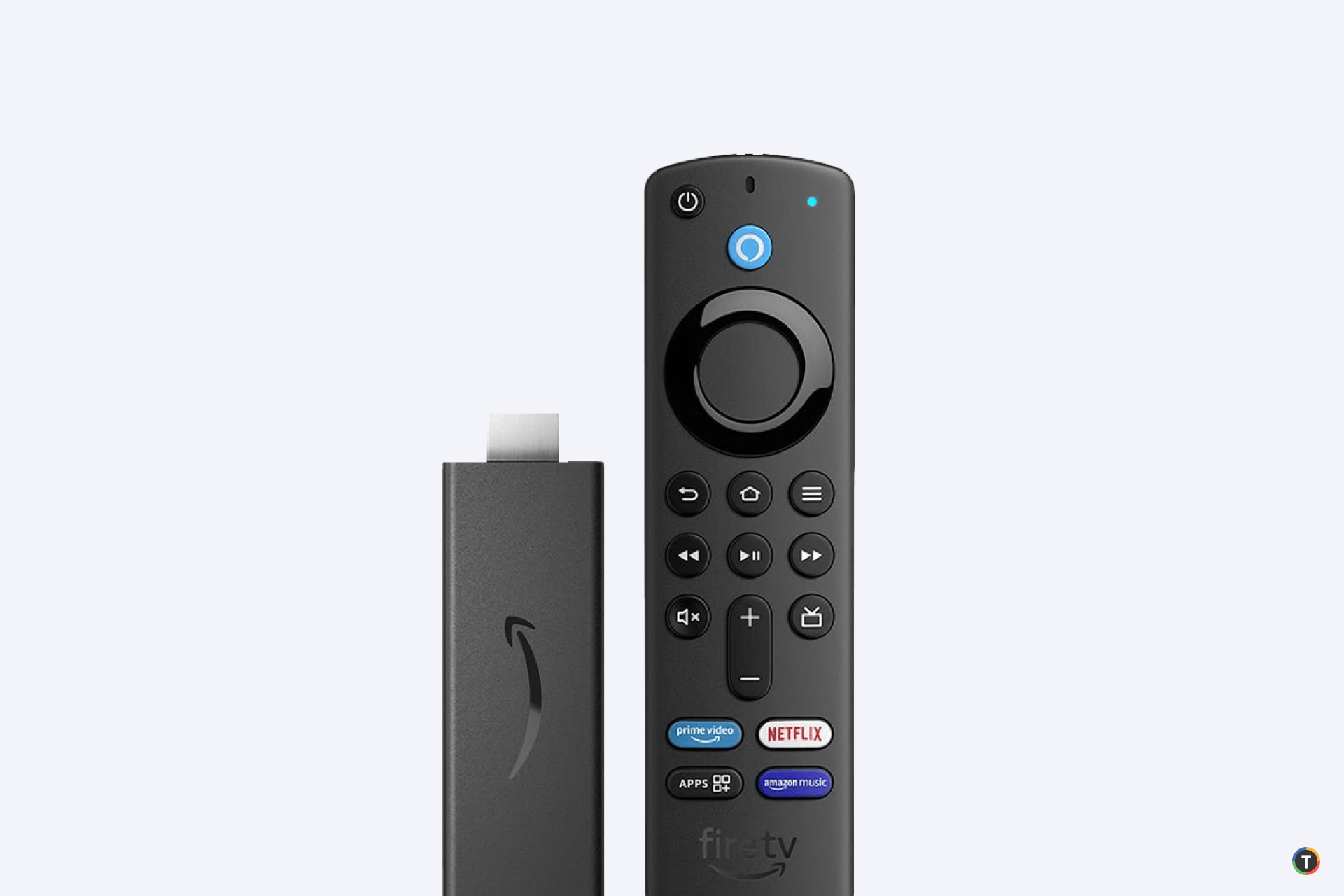
Fire TV Sticks and Their Role in Signage
Amazon’s Fire TV Stick products (Fire TV Stick 4K, Fire TV Stick Lite, Fire TV Cube, etc.) can be used for digital signage. They typically run a modified Android-based OS (Fire OS), featuring Amazon’s ecosystem.
• Cost-Effective: Fire TV Sticks are relatively inexpensive.
• Easy Setup: Familiar plug-and-play functionality with HDMI.
• Streaming Capabilities: Optimized primarily for media streaming.
Considerations for Fire TV
• App Availability: You’ll often need to sideload or use specific signage apps from the Amazon Appstore.
• Enterprise Remote Management: Fire TV does not natively provide robust enterprise-level device management; you may need a third-party signage software that offers remote control.
• Limited Customization: The Fire OS is geared toward consumer streaming. Kiosk mode and lockdown features might require extra steps.
Strengths
• Low Cost and wide availability.
• Easy to Deploy: Very straightforward for basic signage or smaller setups.
• Suitable for Basic to Moderate Signage where advanced scheduling or custom interactions are not paramount.
Weaknesses
• Limited Enterprise Features: Fire TV devices are not purpose-built for large signage networks.
• Reliability: Some devices may overheat or experience issues if used continuously.
Windows Digital Signage
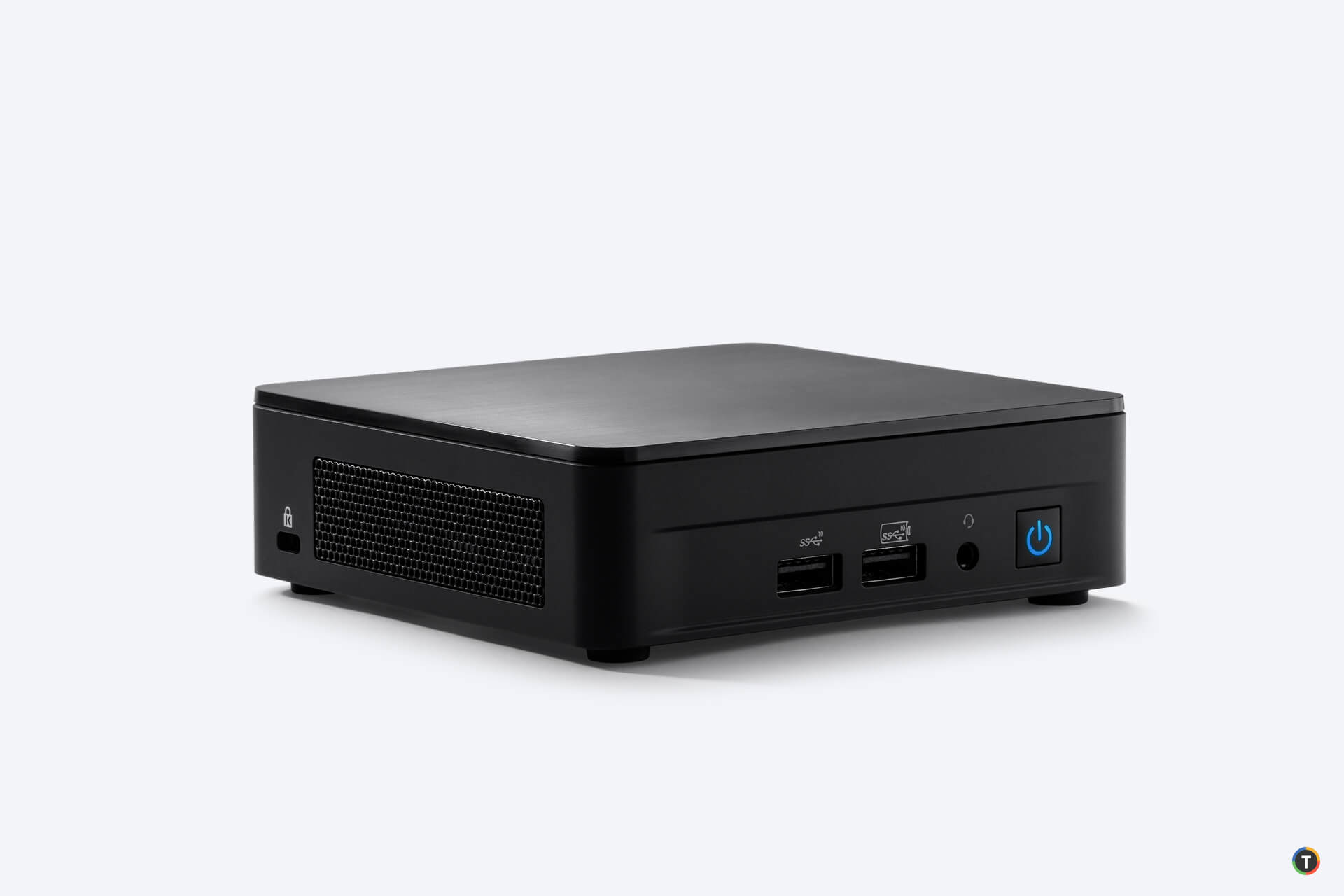
Why Windows?
• Powerful Hardware Options: Windows can run on mini PCs, Intel NUCs, or full computer desktops.
• Software Ecosystem: Extensive set of applications for various integrations.
• Familiar Enterprise Tools: Existing IT infrastructure often includes Windows device management.
Strengths
• High Performance: Great for heavy content, large-scale video walls, or interactive kiosks.
• Compatibility: Easy to integrate with existing Windows-based workflows.
• Advanced Control: Full OS environment for custom programs, advanced analytics, or specialized integrations.
Weaknesses
• Licensing Costs: Windows licensing can drive up total cost.
• Maintenance Overhead: More frequent system updates, potential for OS-level issues like forced reboots or updates at inconvenient times.
• Security Vulnerabilities: Being a common target, Windows devices must be diligently patched and protected.
Other Options
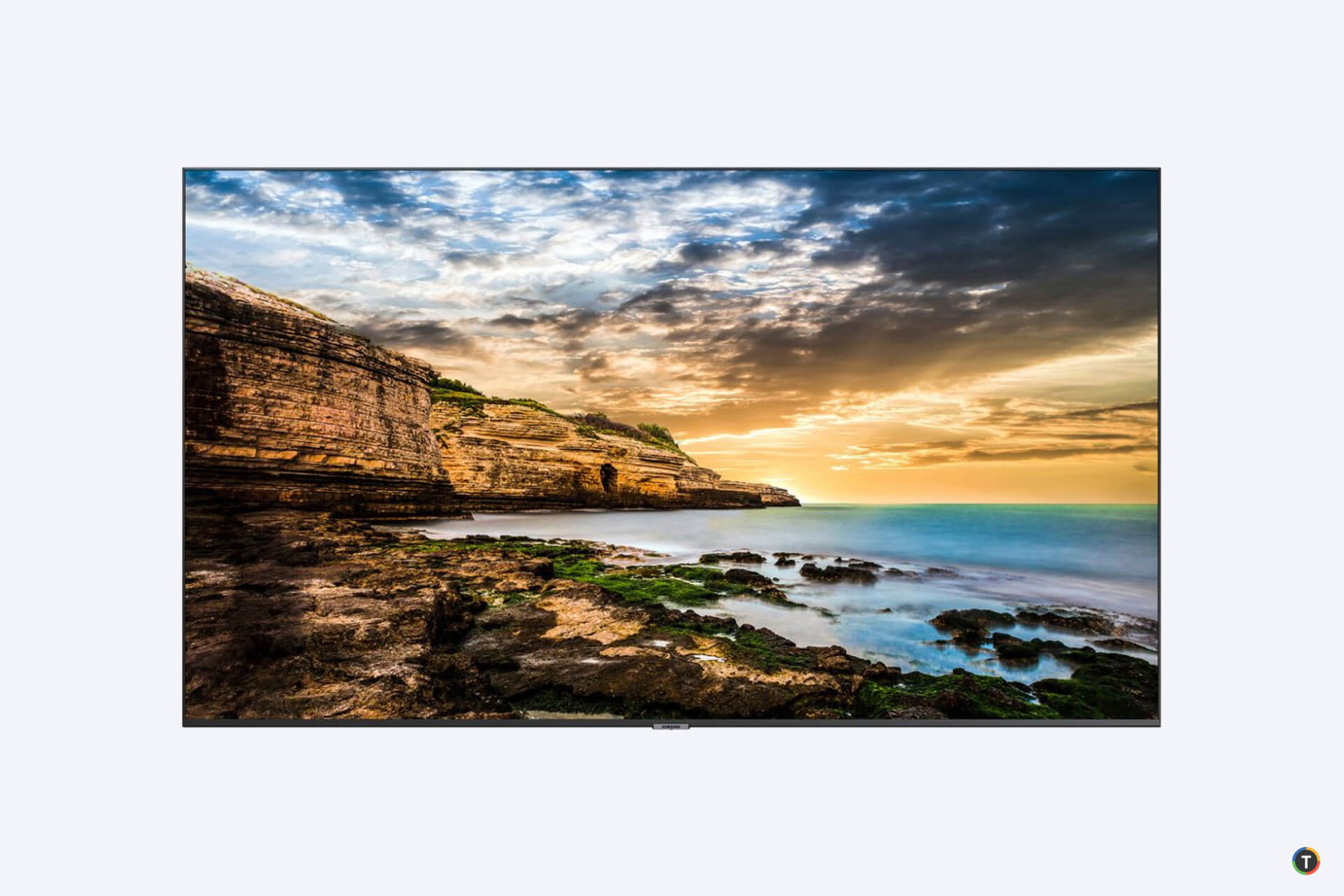
Chrome OS
Chromeboxes can serve as digital signage players. They benefit from integrated Google management and a locked-down environment but can be more expensive, and offline capabilities may be limited.
Linux-based Signage
Some specialized signage solutions run custom Linux distros. They offer high stability, but UX can vary depending on the vendor’s management layer.
System on Chip (SoC) Displays
Many commercial display manufacturers (e.g., Samsung, LG) offer integrated SoC screens with built-in OS for signage. This can simplify deployment but can limit flexibility if you prefer an external media player.
Real-World Business Applications

QSR Digital Menu Boards
Android or TelemetryOS players are popular due to ease of updating digital menu items and prices in real time. Key features often include fast content changes, dayparting (switching menus at specific times), and displaying nutritional information.
Retail Video Walls
TelemetryOS or Windows-based solutions often handle complex video walls. High performance is needed to synchronize multiple displays. Key features include dynamic product showcases, brand storytelling, and promotions.
Digital Bulletin Boards in Education
Android or TelemetryOS players can be a cost-effective solution for schools wanting to display announcements, schedules, and event information on hallway monitors. Key features include cloud-managed content for district-wide updates and emergency messaging (lockdowns, weather alerts).
Information Boards in Healthcare
TelemetryOS or Android might be used to keep waiting patients informed, display queue management, or show health tips. Key features include remote content management, HIPAA-compliant messaging where necessary, and easily updated wait times.
Strengths & Weaknesses Across Solutions
| OS | Strengths | Weaknesses |
|---|---|---|
| Android | Cost-effective, large app ecosystem, lightweight, frequent security patches | Fragmented updates, device quality varies |
| TelemetryOS | Purpose-built minimal overhead, enterprise-grade security, high stability, robust device management | Limited hardware ecosystem, proprietary to TelemetryTV |
| Fire TV | Very affordable, plug-and-play, good for streaming | Limited kiosk/lockdown tools, fewer enterprise management features, may overheat in 24/7 use |
| Windows | Powerful, familiar enterprise tooling, highly compatible | Higher licensing costs, potential forced updates, requires robust IT maintenance |
| Other (Chrome, Linux, SoC) | Chrome: Good for G Suite users, Linux: Very stable/customizable, SoC: All-in-one with no external player | Chrome: More expensive hardware/limited offline capabilities, Linux: Technical complexity, SoC: Vendor lock and limited OS updates |
Practical Recommendations

Small Businesses / Simple Setups
• Android or Fire TV can be a good starting point due to affordability.
• If reliability is paramount and you have a slightly bigger budget, TelemetryOS offers peace of mind.
Mid to Large Enterprises
• TelemetryOS stands out for robust device management, security, and enterprise stability.
• Windows is an option if you need to run specialized software or have deep integration with Microsoft environments.
High-Performance / Complex Signage
• Windows or high-end TelemetryOS hardware often provide the best performance for most use cases.
• Avoid underpowered devices that can’t handle required resolutions or multiple outputs.
Rapid Deployment / Low Technical Expertise
• Fire TV sticks or Android boxes can be very plug-and-play.
• Ensure your digital signage software supports remote management to avoid onsite visits for updates.
Security & Compliance
• TelemetryOS with locked-down firmware for sensitive industries (healthcare, finance, education).
• Consider Windows if corporate policies require Windows-based endpoint management tools.
Conclusion
Choosing a digital signage OS hinges on your budget, scale, and specific content or integration requirements. Android and Fire TV can offer quick and low-cost entry points, especially for smaller businesses or single-screen deployments. Windows provides a robust environment for advanced signage projects that need high performance and specialized software. TelemetryOS—via the TelemetryOS Box—combines the performance and security benefits of a purpose-built OS with the convenience of comprehensive enterprise features.
Ensure a Seamless Digital Signage Deployment with TelemetryTV
Evaluate life-cycle costs, features (real-time updates, analytics), and management overhead carefully. Matching hardware and OS with the right software ensures a smooth, cost-effective, and high-impact digital signage deployment.
Start for Free